Imagine walking into a room that feels alive, where every plant not only thrives but glows with an ethereal beauty. Colored light plant enhancement is a game-changer, bringing a new dimension to both indoor gardening and home decor. Whether you're a seasoned plant enthusiast or a beginner looking to spice up your living space, harnessing the power of colored lights can create stunning visual effects while promoting plant health. Dive into these 17 creative ideas to transform your plants and elevate your environment to a whole new level of vibrancy.
1. Understanding the Basics of Colored Light
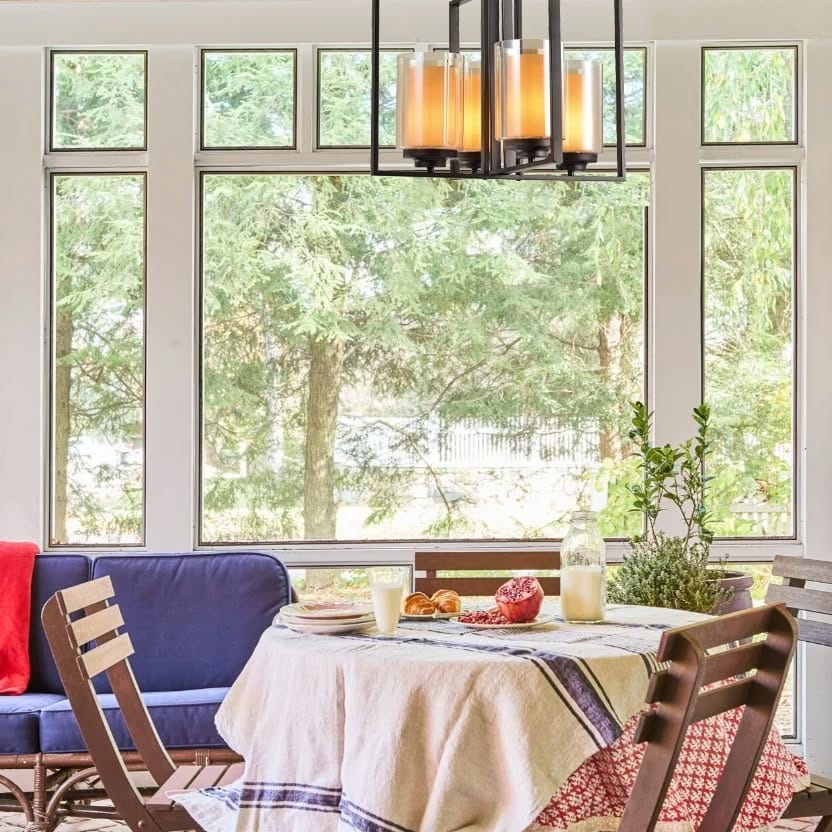
Colored lights can significantly impact plant growth and appearance. Understanding the basics involves knowing how different light colors affect photosynthesis and plant behavior. Blue light, for instance, encourages leaf growth, while red light can promote flowering. By strategically using colored lights, you can tailor plant development to your liking. Start with LED grow lights that offer customizable spectrums. This flexibility allows you to experiment and find the perfect balance for your plants, enhancing both their health and the ambiance of your space.
2. Benefits of Red Light on Blossoms

Red light is a powerhouse when it comes to flowering plants. It stimulates blooming, making it ideal for plants that are in the flowering stage. Orchids, roses, and other flowering beauties can greatly benefit from a bit of red light exposure. Position red LED lights slightly above your plants to mimic natural sunlight. This encourages more robust blooms and can even extend the flowering period. With just a touch of this vibrant hue, your plants can transform into stunning floral displays.
3. Boosting Foliage with Blue Light
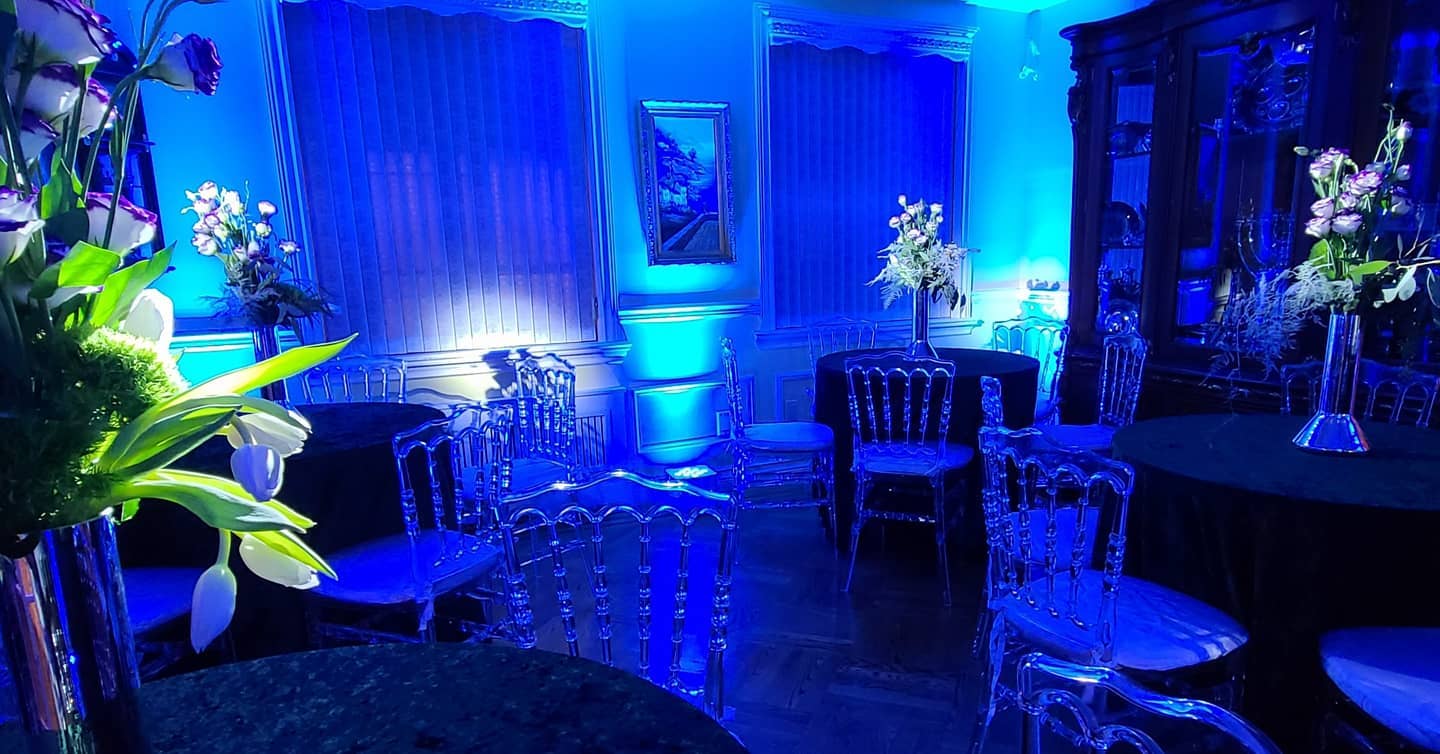
Blue light is essential for leafy plants, as it supports strong stem and leaf growth. If you're aiming for lush, verdant foliage, incorporating blue LEDs is the way to go. Place these lights above plants like ferns or philodendrons to help them develop richer, fuller leaves. Blue light mimics the long days of spring and summer, providing the energy plants need for photosynthesis. With the right setup, your indoor jungle will thrive, bursting with vibrant greens.
4. Creating a Dramatic Effect with Purple Light
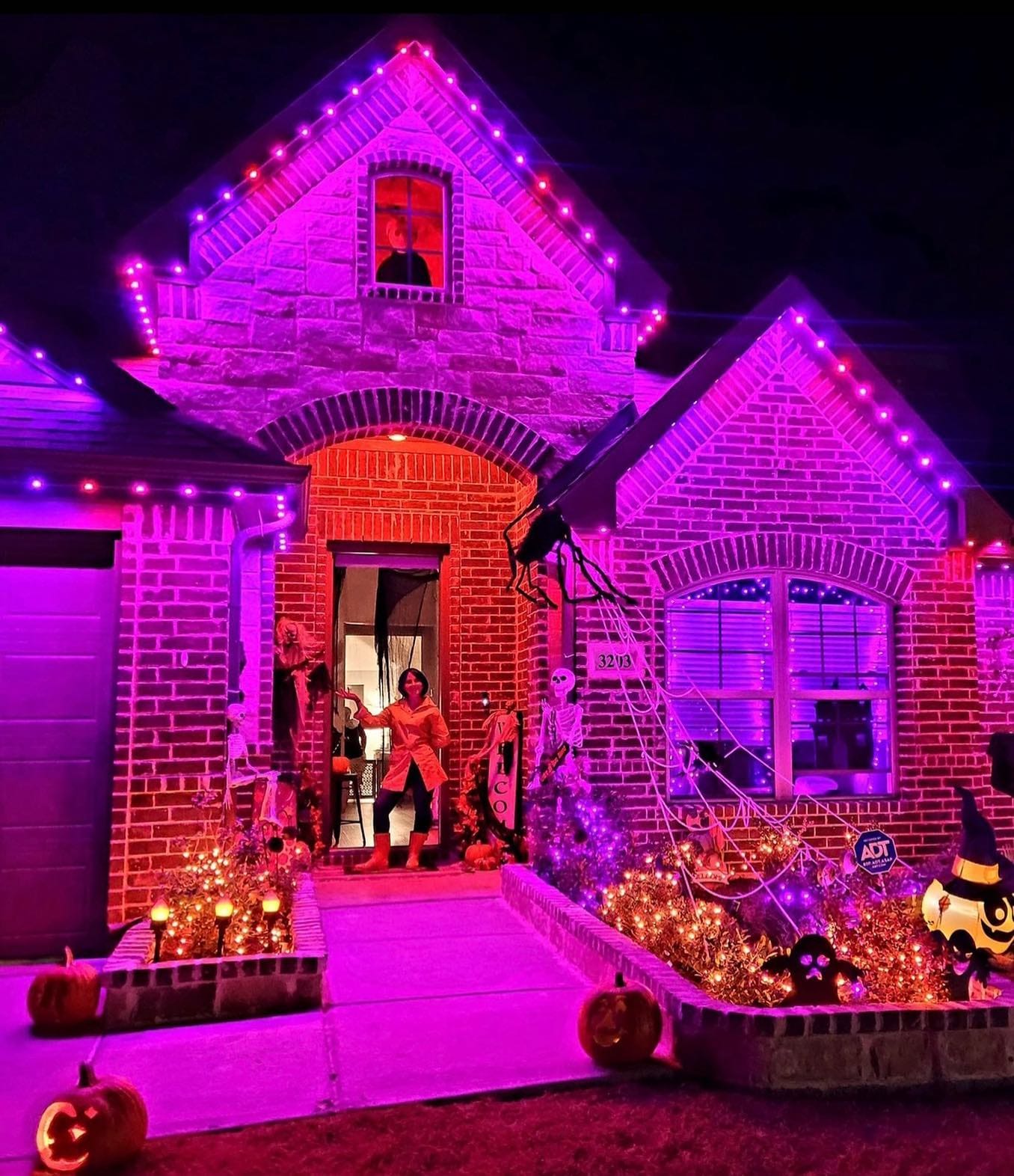
Purple light is a mix of red and blue, offering the benefits of both. It creates a unique, dramatic effect that's perfect for spotlighting succulents and cacti. These plants will not only grow healthier but look striking under purple lighting. Position the lights to cast intriguing shadows and highlights, turning your plant arrangement into a living piece of art. The interplay of purple hues can add depth and interest to any room, catching the eye and sparking conversation.
5. Introducing Green Light for Visual Appeal

While green light is less effective for plant growth, it adds a stunning visual appeal. Use green light to create a rainforest vibe with your tropical plants. The subtle glow mimics the dappled sunlight of a canopy, providing a soothing and natural atmosphere in your space. It’s perfect for evening hours when you want to relax and unwind. Combine green LEDs with other colors for a dynamic, layered lighting effect that showcases your plants in a whole new way.
6. Enhancing Growth Cycles with Full-Spectrum Lighting

Full-spectrum lights replicate natural sunlight, supporting all stages of plant growth. They are ideal if you have a diverse collection of plants needing different light conditions. These lights are versatile, promoting everything from seedling development to flowering and fruiting. Install full-spectrum lights in your home garden to ensure each plant receives the light it craves. With this approach, you can enjoy healthy, robust plants year-round, without compromising on aesthetics.
7. Using Colored Light to Accentuate Plant Features
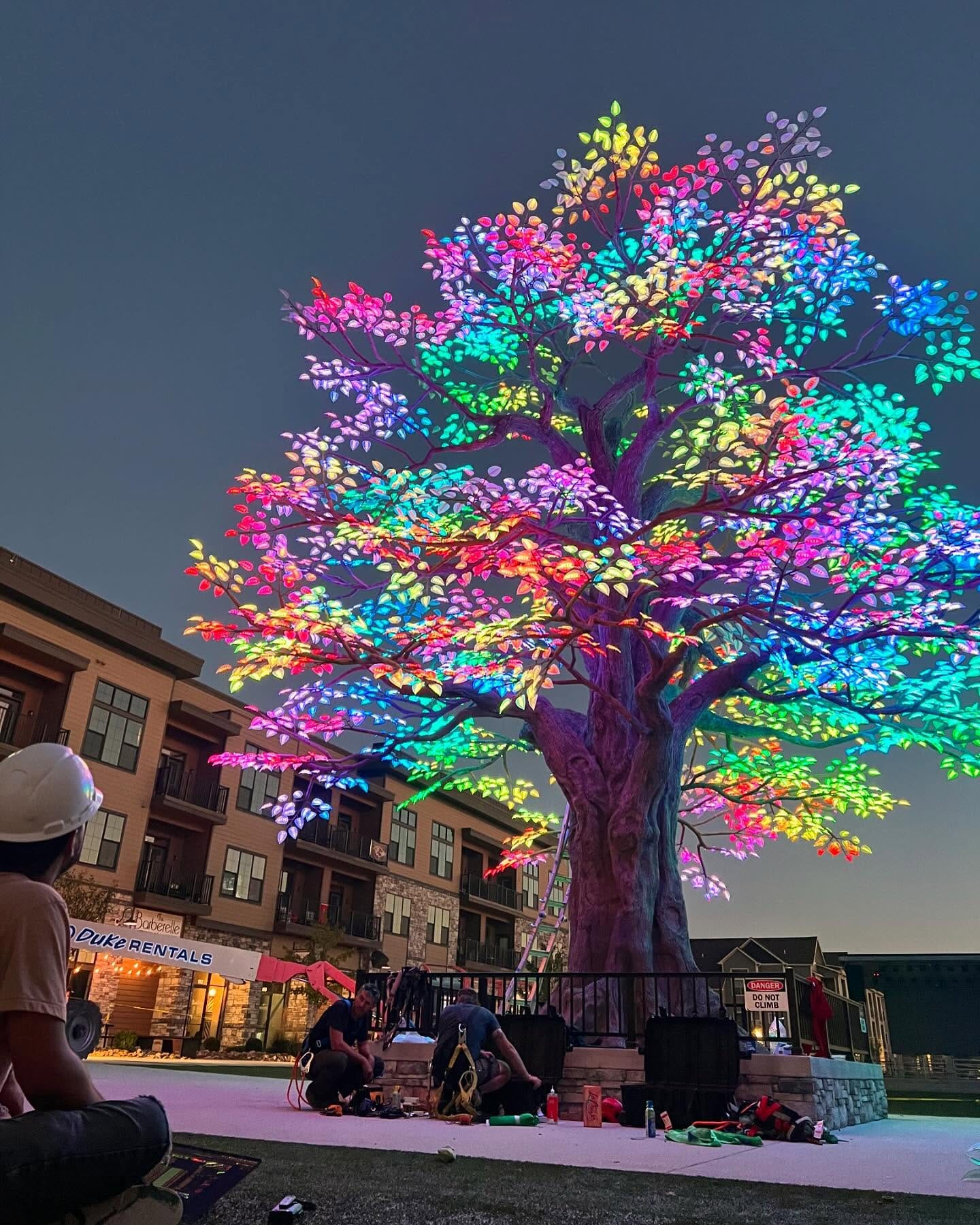
Colored lights can highlight unique plant features, such as variegated leaves or unusual textures. Use spotlights to focus on specific areas, drawing attention to the most interesting aspects of your plants. This technique is particularly effective for showcasing rare or exotic species. By strategically positioning your lights, you can create a mesmerizing display that highlights the natural beauty and complexity of your plant collection.
8. Creating a Visual Focal Point with Spotlights
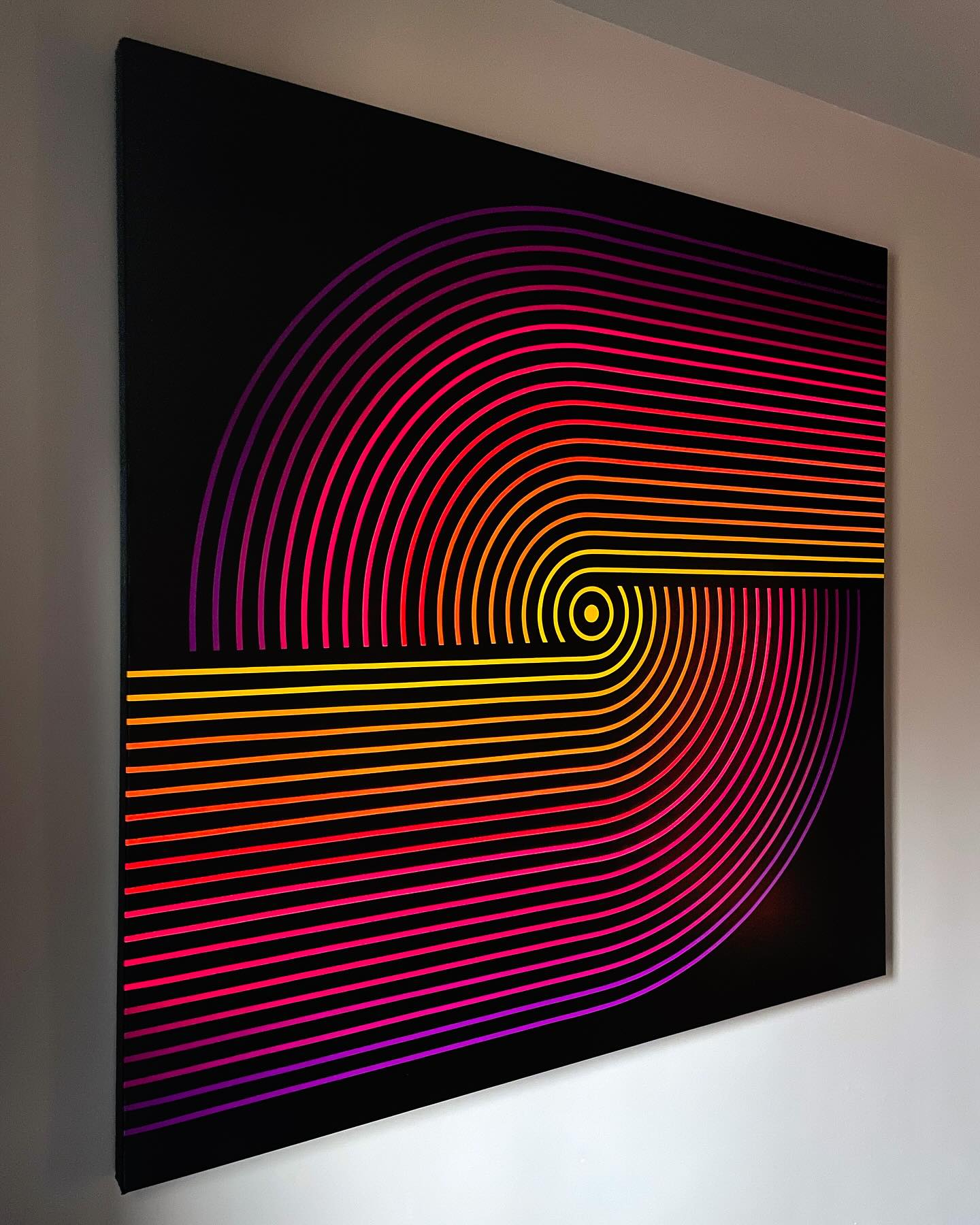
A well-placed spotlight can transform a plant into a stunning focal point in any room. Choose a dramatic plant, like a tall palm or a fiddle leaf fig, and use colored lights to make it stand out. Adjust the angle and intensity to cast shadows and highlights, adding depth and interest. This technique not only enhances the plant's appearance but also elevates the overall aesthetic of your space, making it more inviting and dynamic.
9. Seasonal Lighting Changes to Mimic Nature

Mimic the natural progression of seasons by adjusting your colored lights throughout the year. Use warm tones like red and orange in the fall, transitioning to cooler blues and purples in the winter. This seasonal approach not only enhances the beauty of your plants but also promotes healthier growth cycles. By simulating natural light changes, you can help your plants adapt to their indoor environment, ensuring they thrive no matter the season.
10. Illuminating Pathways with Plant Lighting

Illuminate garden paths with colored lights to create an enchanting nighttime landscape. Place lights along walkways, highlighting plants and guiding visitors safely. Use soft, warm colors for a welcoming glow, or experiment with bolder hues for a more dramatic effect. This not only enhances the aesthetics of your outdoor space but also improves safety and functionality. With the right lighting setup, your garden can become a magical retreat after dark.
11. Artistic Arrangements with Colored Light Backdrops
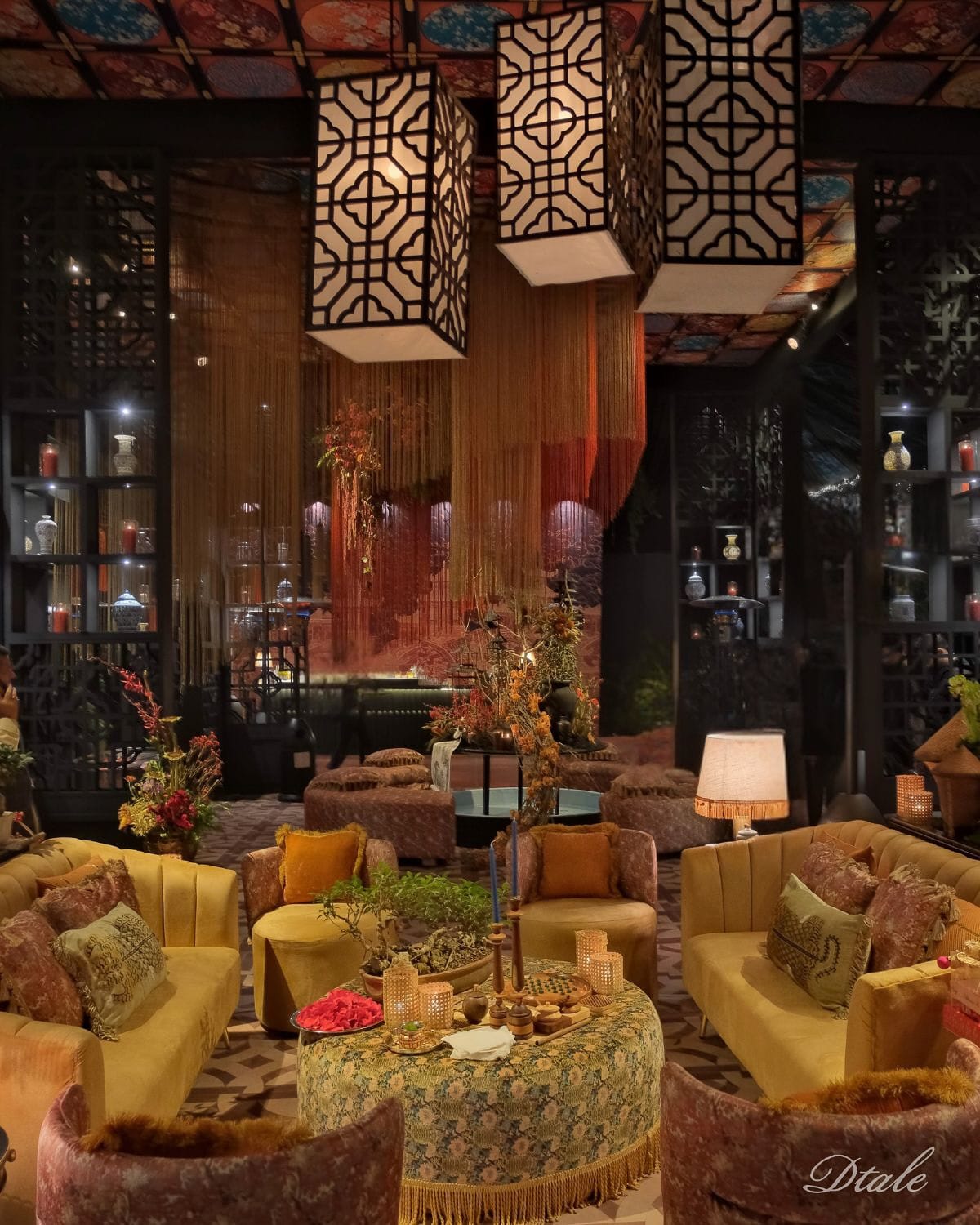
Create an artistic display by using colored light backdrops for your plant arrangements. Choose a color that complements your plants and set it as a backdrop to make them pop. This technique works well for both indoor and outdoor settings, adding an element of design to your plant displays. Whether it’s a living room corner or a patio, a well-lit backdrop can transform a simple plant collection into a captivating visual experience.
12. Synchronizing Plant Lights with Smart Home Systems
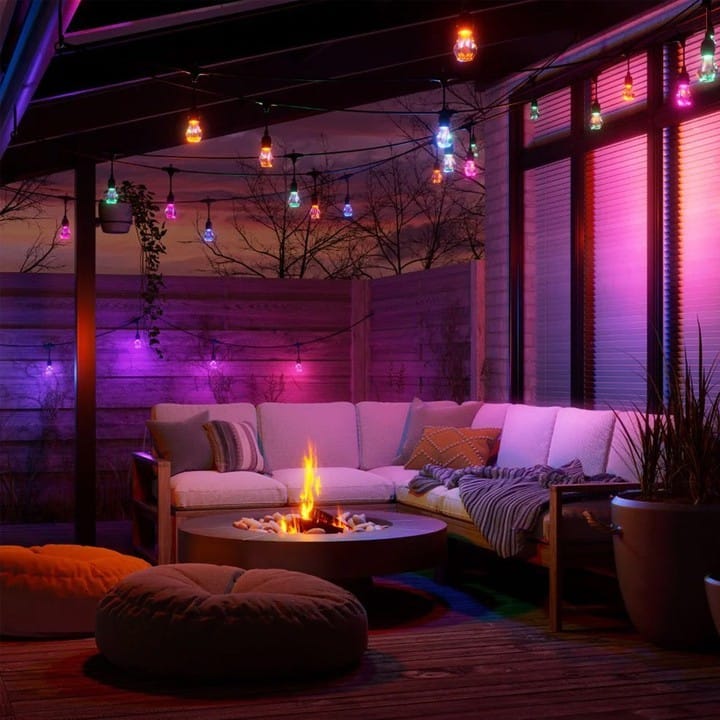
Integrate your colored plant lights with smart home systems for easy control and automation. Use smart bulbs that allow you to adjust colors and intensity via an app or voice command. This convenience lets you effortlessly change your lighting scheme to suit your mood or the time of day. Synchronizing lights with smart systems enhances both plant care and home automation, creating a seamless, modern living space.
13. Creating Mood Lighting with Plants

Combine plant lighting with mood lighting to create a cozy atmosphere in your living room. Use soft pastels or calming blues to enhance relaxation, or opt for brighter colors to energize the space. This dual-purpose lighting not only highlights your plants but also contributes to the overall ambiance of your home. It’s a simple yet effective way to elevate your interior decor while supporting your plants' health.
14. Using Reflective Surfaces to Amplify Light Effects
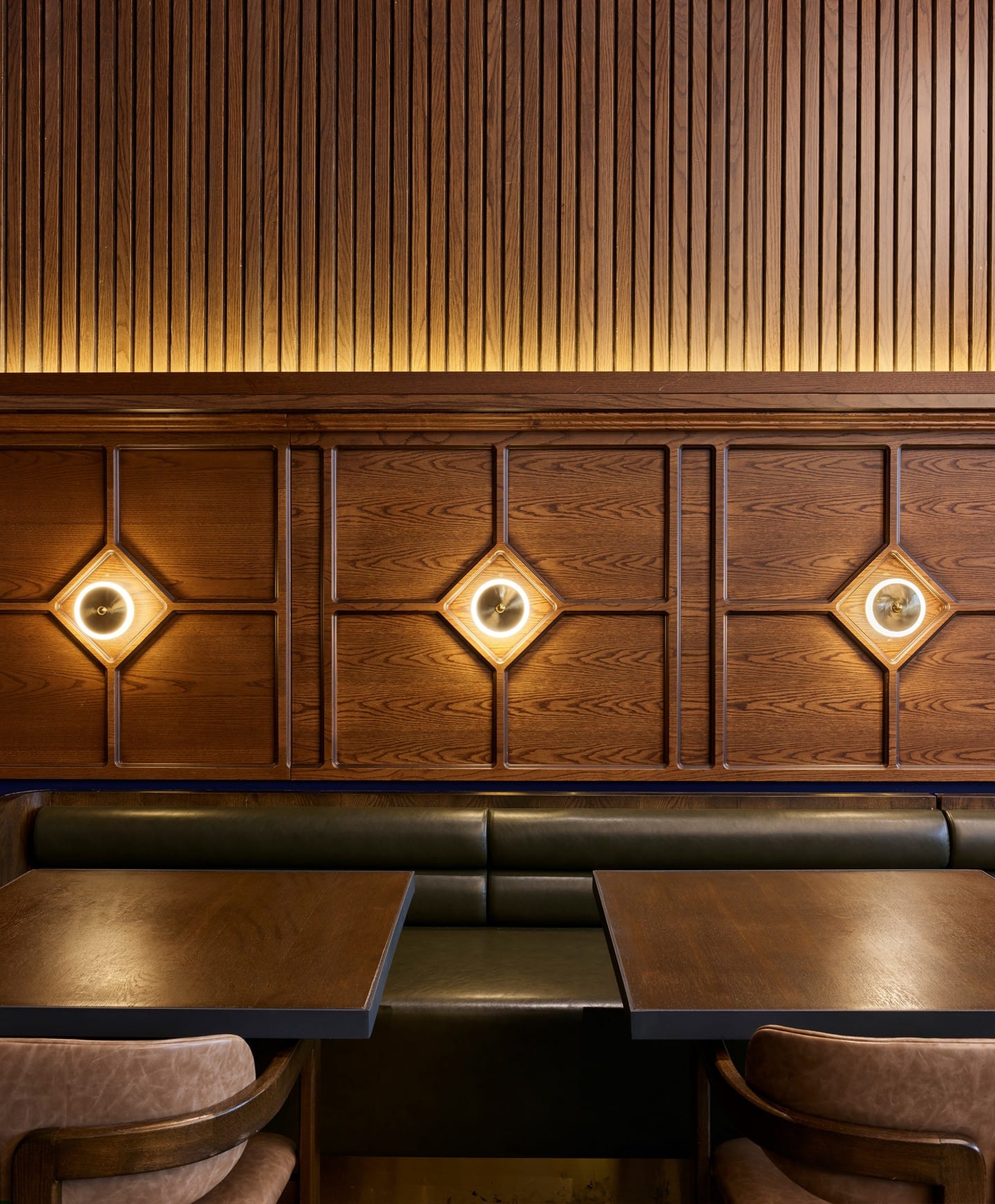
Place reflective surfaces like mirrors or metallic decor near your plants to amplify the effects of colored lights. This can create a more expansive and brighter atmosphere, making your space feel larger and more inviting. Reflective surfaces help distribute light evenly, ensuring every plant gets the illumination it needs. It’s a clever design trick that enhances both the aesthetics and functionality of your plant lighting setup.
15. Customizing Light Setups for Different Plant Types
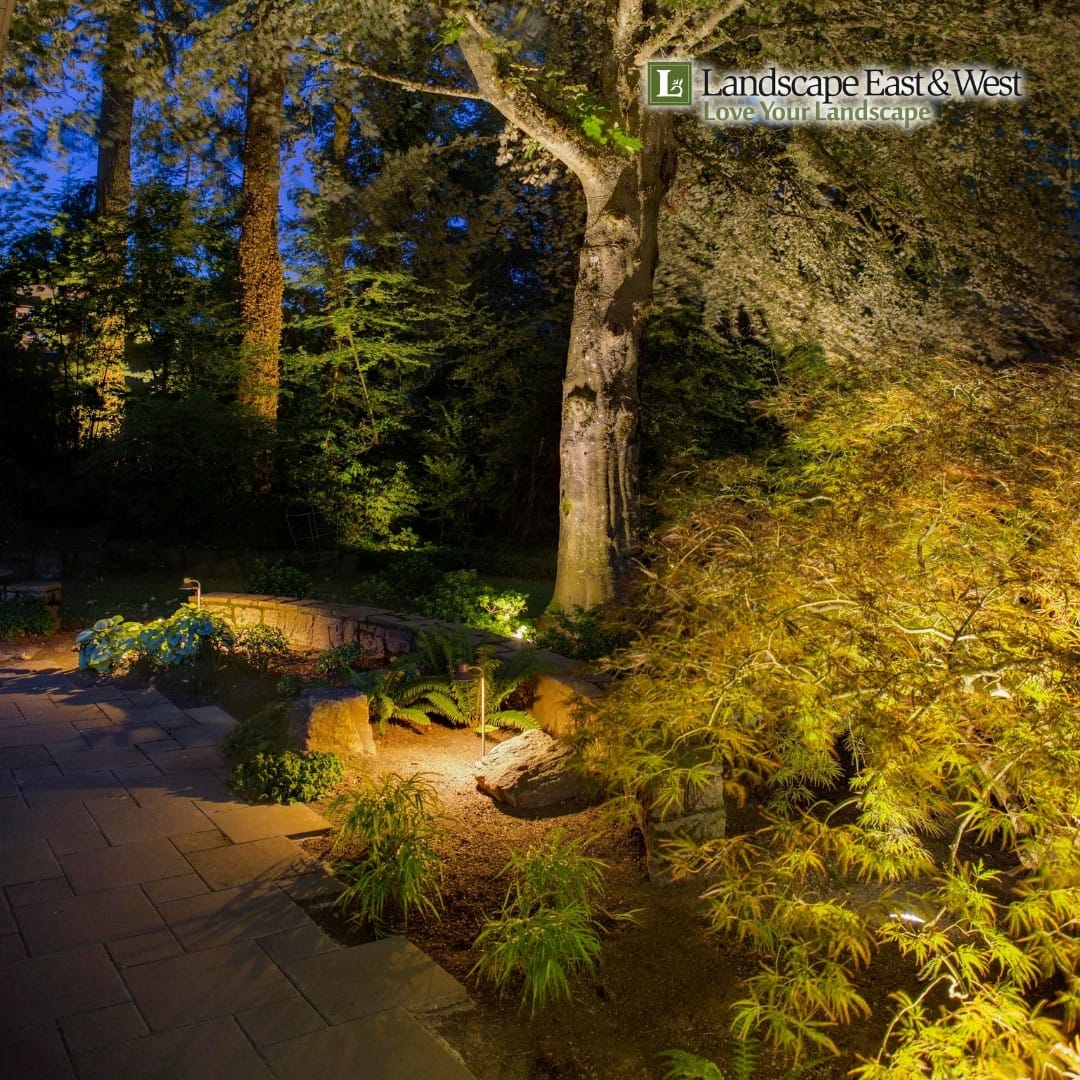
Tailor your colored light setup to suit the specific needs of different plant types. Cacti and succulents, for example, thrive under purple and red lights, while leafy greens prefer blue. Research the light preferences of your plants and adjust your setup accordingly. This customization ensures that each plant receives the optimal light conditions for growth, health, and visual impact, making your plant collection more diverse and vibrant.
16. Exploring DIY Colored Light Projects

Get creative with DIY colored light projects to personalize your plant displays. Use colored cellophane or filters over existing lights to experiment with different hues. This cost-effective approach allows you to test various lighting effects without a major investment. DIY projects can be a fun way to engage with your plants, learning more about their preferences and how colored lights can enhance their beauty.
17. Hosting Events with Themed Plant Lighting

For your next event, use themed plant lighting to set the mood and impress your guests. Choose colors that match the occasion, like pastel pinks for a baby shower or vibrant reds and greens for a holiday party. This creative use of colored lights can transform any gathering, making it memorable and visually stunning. Themed lighting not only enhances your plants but also adds a special touch to your event decor.
Final Thoughts
Colored light plant enhancement offers endless possibilities for transforming your space and promoting plant health. Whether you're looking to boost growth, create artistic displays, or simply enhance your home's ambiance, these techniques can provide the perfect solution. Experiment with different colors and setups to find what works best for your plants and space. With a bit of creativity and the right lighting, you can create a vibrant, living environment that captivates and inspires. So go ahead, give your plants the spotlight they deserve and watch your space come alive!